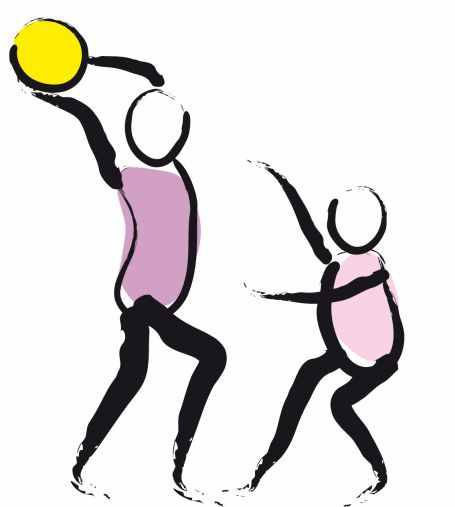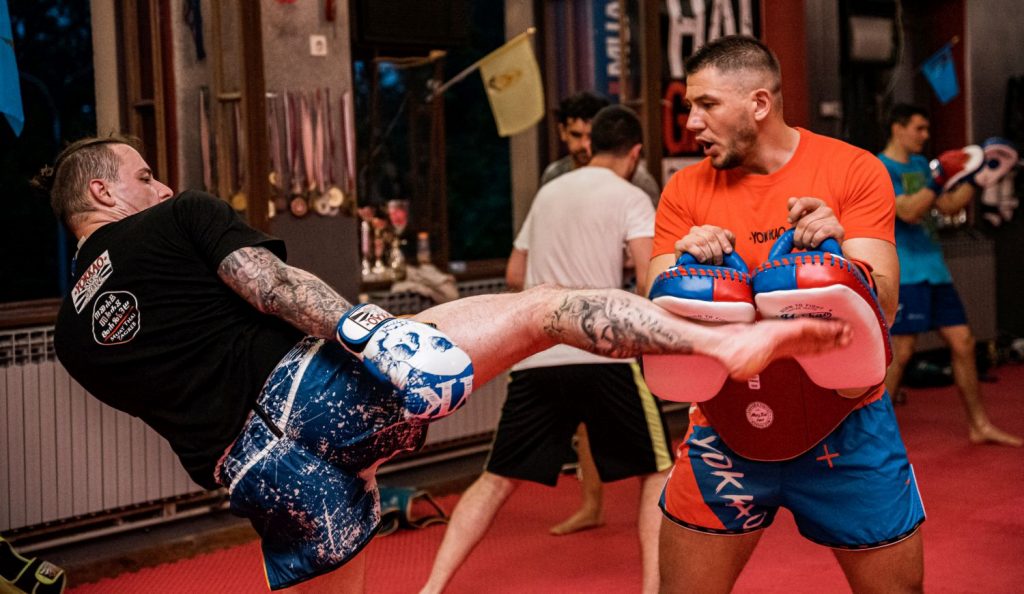The socio-cultural sector is where people interact, establishing interpersonal connections. To integrate within a community, the usual solution is to engage in collective activities. Think that you move into a new neighborhood, with new people, away from family, friends, and all that you had before.
If you’re the kind of guy whose going to the gym makes an eye, I am sure that you will be amazed how quickly you can make some new friends. Those who go to the gym are inhabitants of that area and often greet new ones, besides the fact that they want to volunteer and coach you; that just all we know about it!
Think for yourself or for your child: have just got into a new neighborhood, in the courtyard of the school, over the weekend, others play music, you have a sports club where you practice tennis, etc. Nothing better than that! If you go in the evening to a football club, or to a tennis club, etc., you make friends more easily. Playing games in the neighborhood is unfortunately on the verge of dying out, thanks to technology, but still exists and it’s your job, as a parent, to make sure that you give your child a chance to interact with others of his age.
Maybe we don’t acknowledge, but physical education in school truly has therapeutic and social positive sides – in addition to the educational purpose. Thinking from this perspective, sport in primary school represents a means of socialization between youngsters, introducing rules, laying down the ranks (head of the team), discovery of passions and abilities (goalkeepers, defenders, strikers), and personality development. Let’s not forget about building friendships as a result of “Networking” and psychological benefits, psychomotor training, and the moral practice of a sport.
Also, through sports you learn how to cheat without getting caught, get answers to different questions, know the limits, and, unfortunately, take contact with various kinds of injuries. Therefore, there will always be critics from people who see sport as a dangerous practice, as a job completely intended to professionals. Those people are often finding reasons against sport: you have to travel up to a swimming pool, to school with a Sports Hall, to a tennis club, etc.; public transportation is a problem, and fuel consumption is not a priority.
From this social perspective, sport isn’t good or bad in itself, and for me, the one who recommends sport, it’s not enough to find a middle ground, but to make you understand the reasons why sport is good for you and to give you enough reasons to invest in your body.
From a cultural standpoint, a sport doesn’t have anything particularly against what we see in the theater, the Opera, the pastries, or wherever people meet, having common interests and passions. That’s why so many sports do exist: to address each person’s interests individually, so the rules were modeled and adapted over time.
The ability to choose how you want to teach your body through sport, is, in fact, the reason that pushes more and more people towards physical activity. Having an interest in a particular sport, you can start with a base of knowledge and practices.
We must be aware that the sport, through compliance with the rules, may change the way people manifest themselves in the daily life. Taking a few examples, we can understand that a person who has the habit of drinking more alcohol than the recommended dose – and at weekends goes with friends to mountain climbing – realizes the risk to which he exposes through drinking. Also, if a person has a violent and aggressive behavior and is taken to a boxing club and removes all negative emotions in the ring, that person will become more balanced and calm in the real life. These changes, however, do not happen instantly.
A person starting a physical activity will likely change the vision about people and things. The change is pithier when we actively engage in what we want to change and when we are prepared to invest some time (and money) into it.
Therefore – plenty of advantages and drawbacks, and a middle ground that does not exist – every supporter of one or the other side comes up with arguments to bolster the truth. What remains is to find your arguments and understand that you’re the only one who decides whether practicing a sport is one of your interests.








